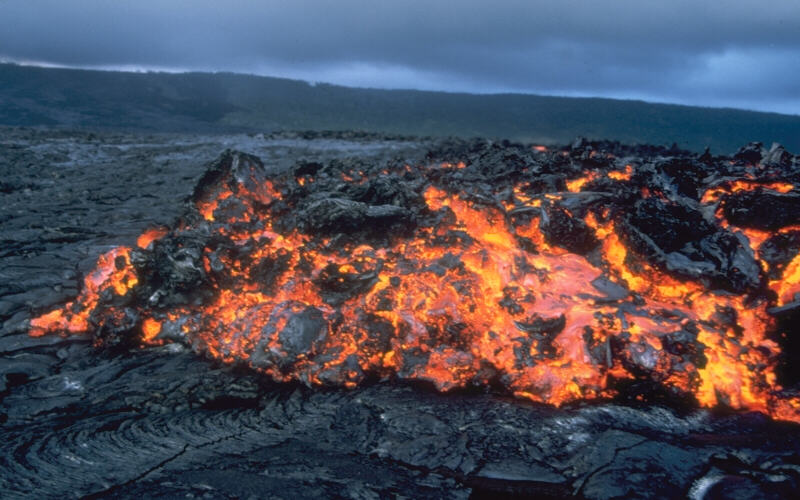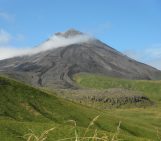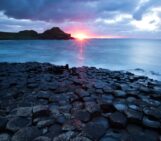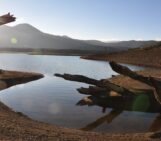On Hawaii, lava fields fall into two camps – pahoehoe and a’a. This week’s Imageo on Mondays puts the two into perspective…
Pahoehoe fields are created when the lava is well insulated at the surface. The cooled rock on top prevents a lot of heat escaping and lets the lava flow beneath a tough skin of basalt. This skin is pulled and distorted by the moving lava, creating ripples and wrinkles that resemble rope.
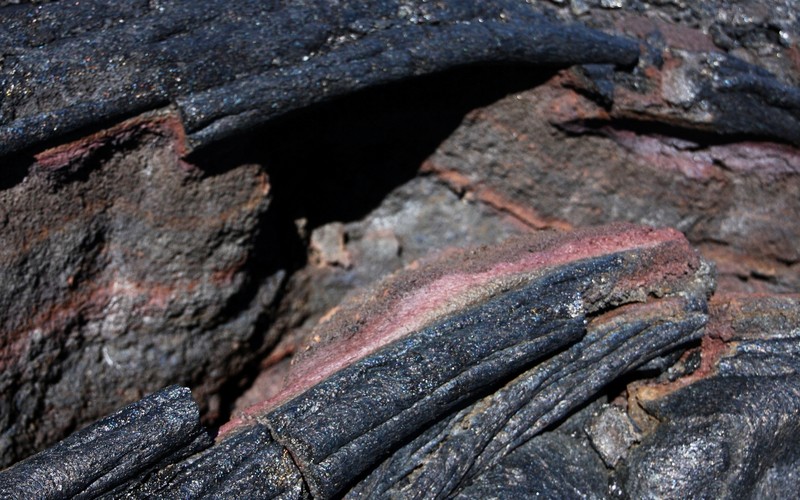
Here’s a close up! (Credit: Martin Mergili via imaggeo.egu.eu)
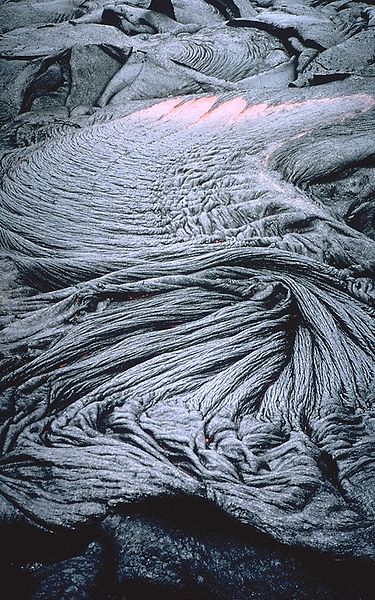
And here’s the bigger picture! (Credit: Tari Noelani Mattox, USGS)
The other type, a’a, sounds a lot like it feels. Cooled a’a fields are notoriously difficult to walk over and the jagged rocks can quite happily shred your walking boots to pieces. A’a lava is much more viscous than pahoehoe and flows uninsulated over the surface. They form tall fronts of rough basalt blocks that are pushed forward and swallowed by the lava as it moves downslope.
Want to see some lava flow on the go? The BBC has a collection of excellent clips.
Imaggeo is the EGU’s open access geosciences image repository. Photos uploaded to Imaggeo can be used by scientists, the press and the public provided the original author is credited. Photographers also retain full rights of use, as Imaggeo images are licensed and distributed by the EGU under a Creative Commons licence. You can submit your photos here.

